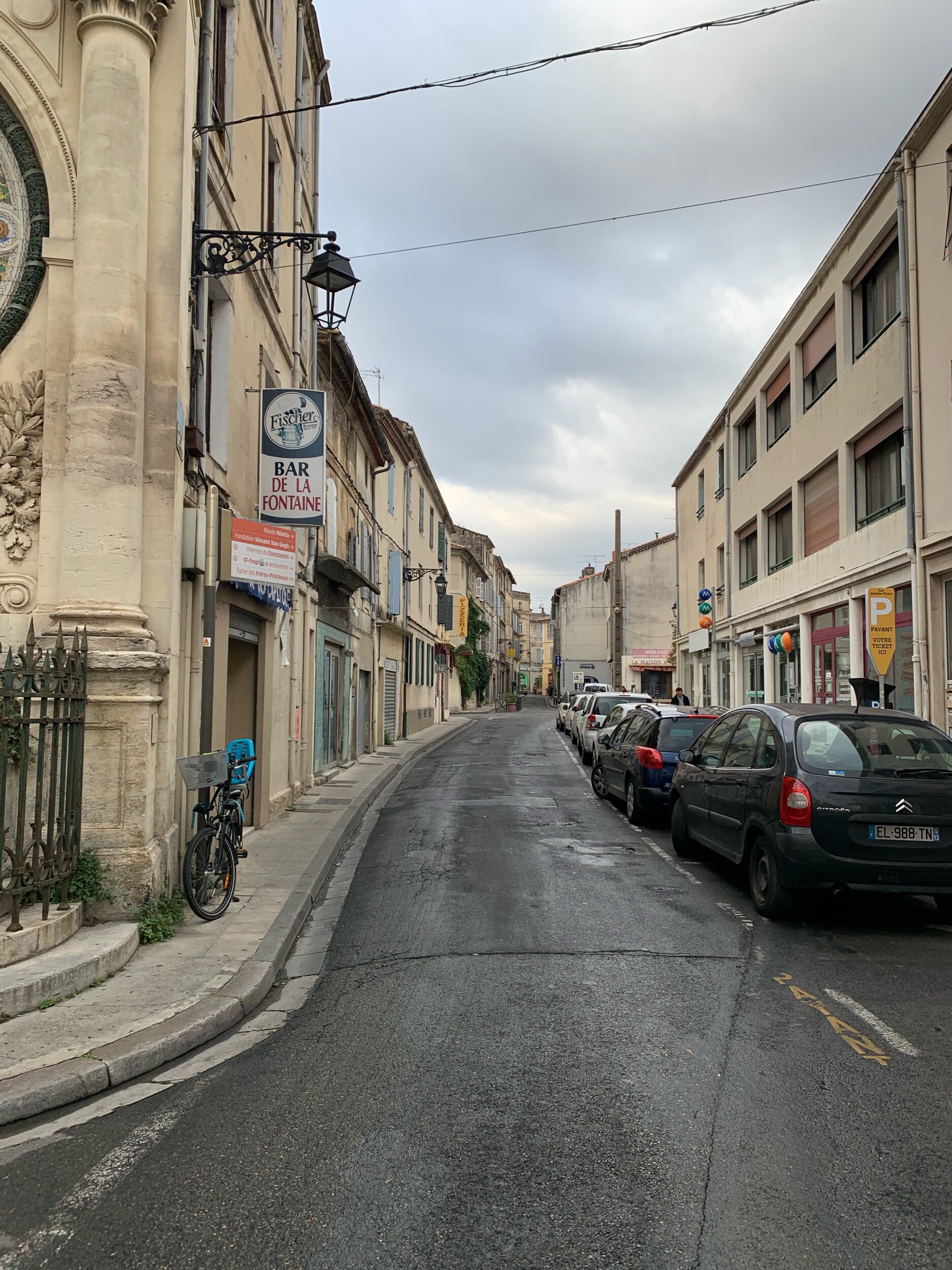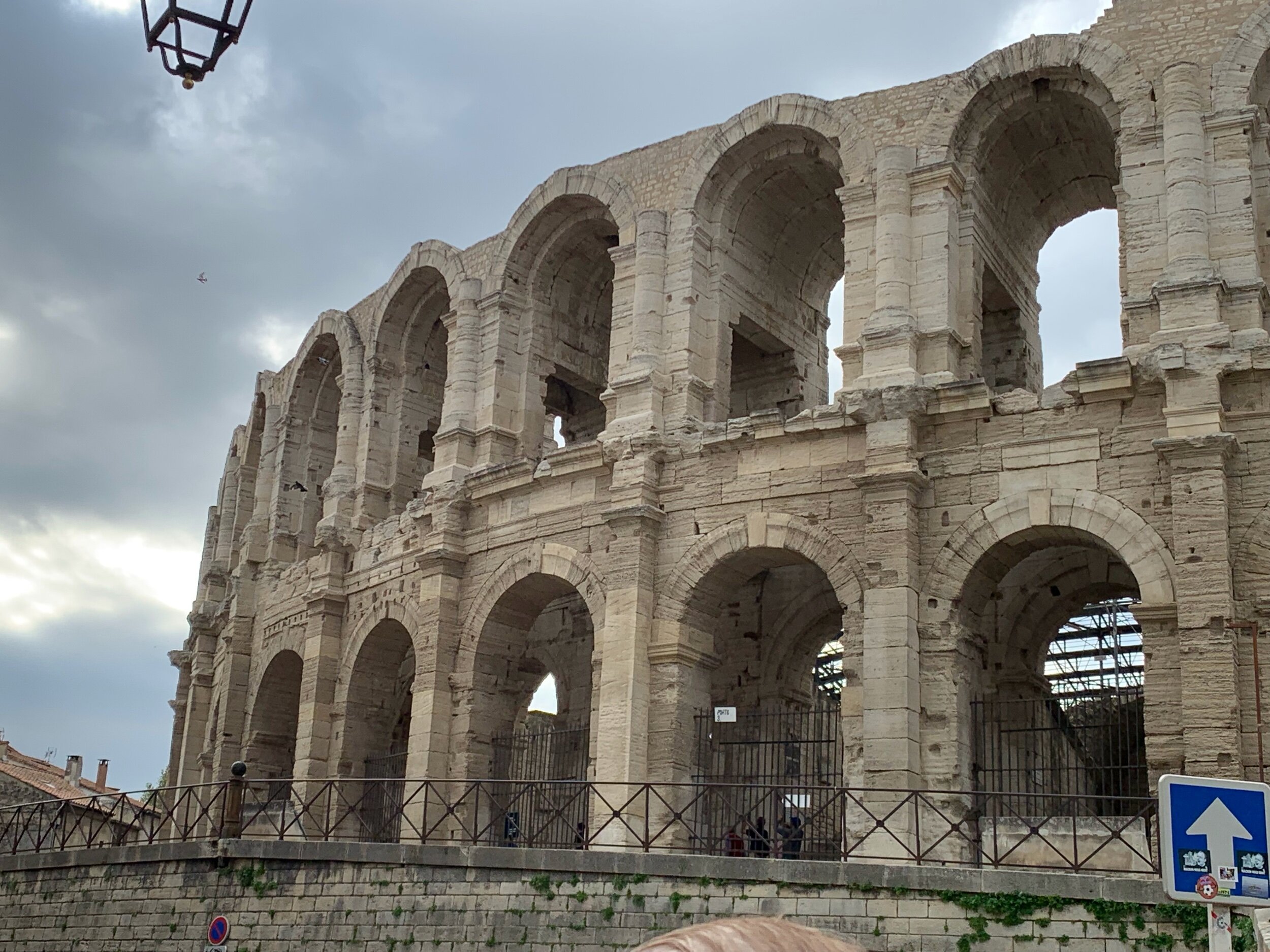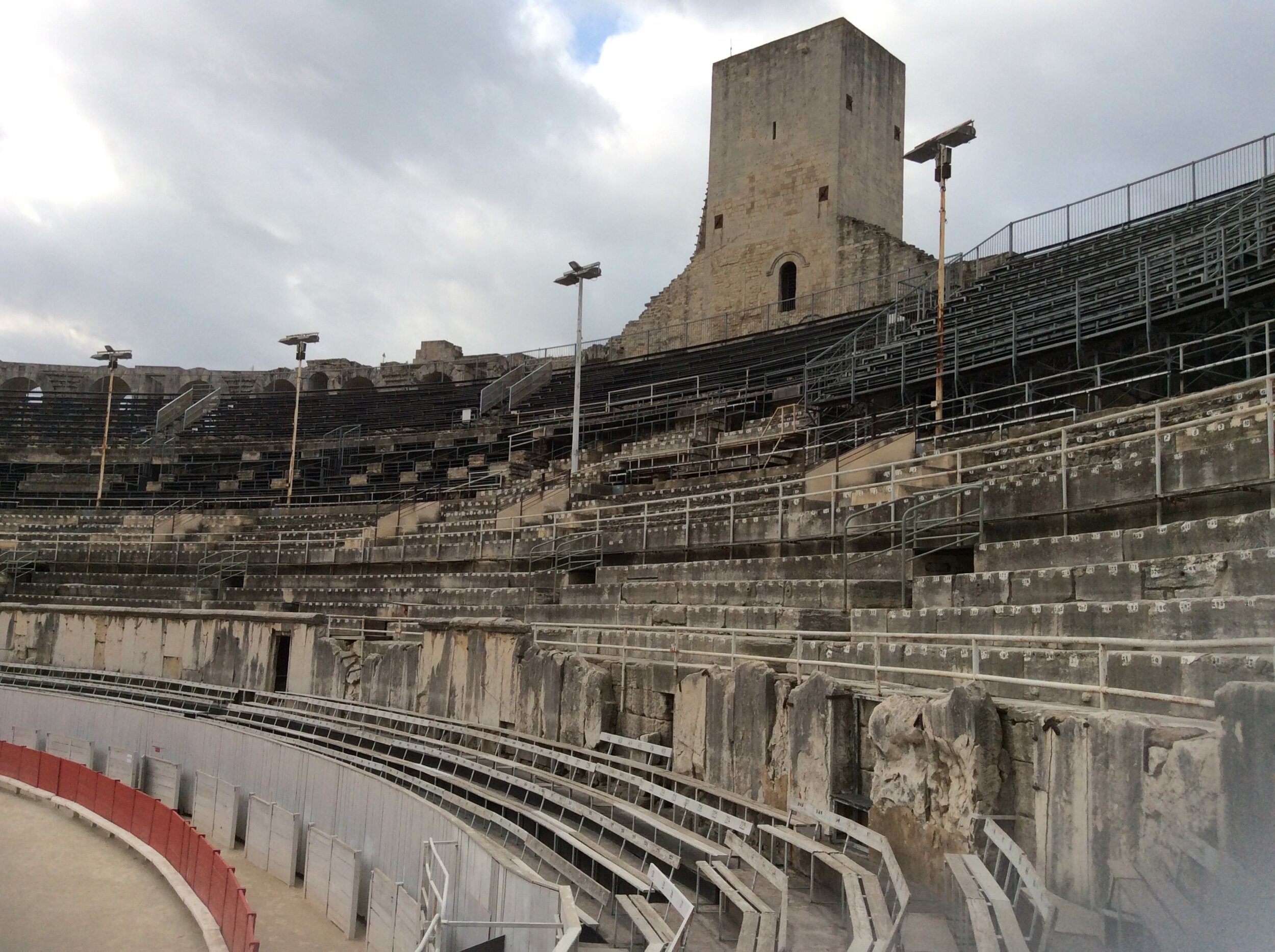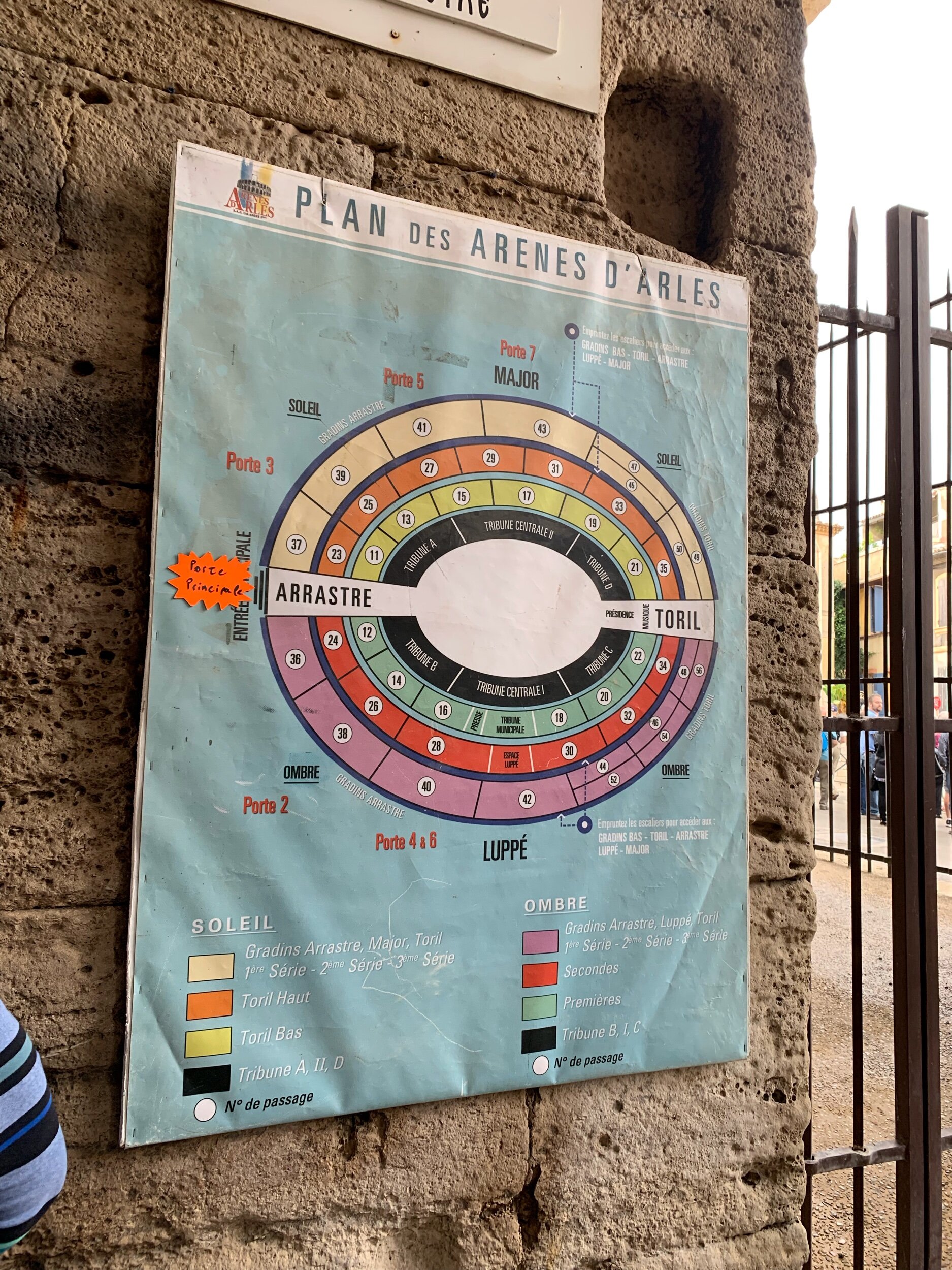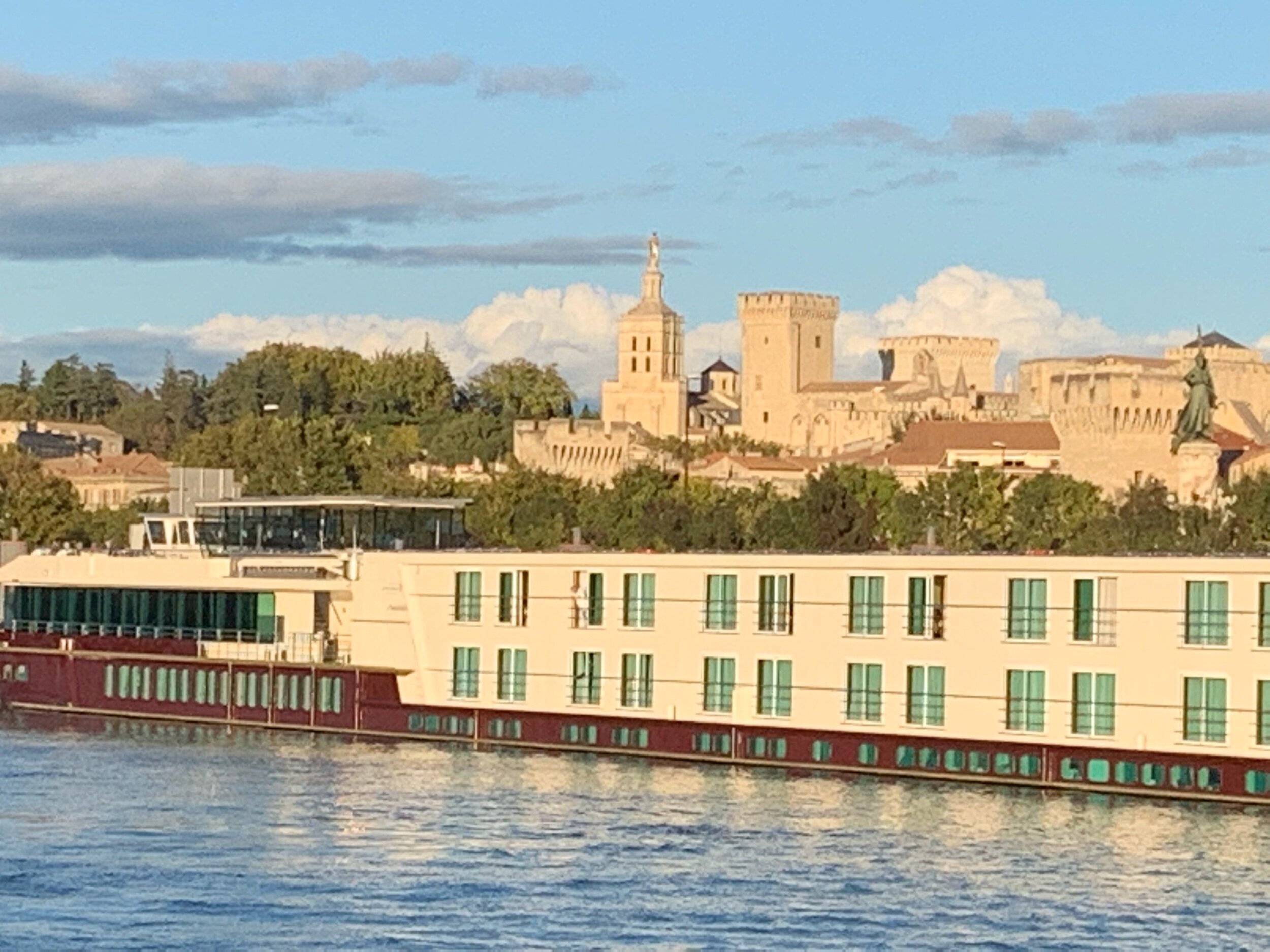14th October 2019 Visit to Arles, France- the Capital of Roman Gaul.
/Arles is a fascinating window into the Roman incursion into Gaul. In the last days of the Roman Empire, the city of Arles was the capital of Roman Gaul. Indeed, it was known as “the Little Rome of Gaul” and boasts many Gallo-Roman ruins including Les Arenes. This ancient Roman Amphitheatre seats 20,000 and is still used today for bullfights and plays. The town has a bubbly energetic feel, attracting many farmers from the countryside to the frequent and famous Provencal Markets..
It also enjoys a rich artistic heritage; the Mediterranean sunlight and light inspired legendary impressionist Vincent van Gogh to paint a number of works. Many of his works immortalise the key sights of Arles.
Here in this World Heritage site we have wonderful beautifully preserved Roman sites and numerous Romanesque monuments.. A roman necropolis rests outside the Old Town city walls.
Historically Arles from the 11th and 12th centuries became one of the most attractive cities around the Mediterranean. within the City Walls, Saint Trophime, with its cloister, is one of Provence’s major Romanesque monuments. In the 9th Century, Arles became the capital of the Kingdom of Arles, which also encompassed Burgundy and parts of Provence. Its economic power variously rose and fell over time, and the kingdom was eventually absorbed into France.
Its economy remained strong until the advent of the railways in the 19th Century, which stripped it of its riverside clout.
Today its economy rests heavily upon tourism but there are strong chemical, metal and paper manufacturing industries.
We have enjoyed a wonderful excursion and walk-in Arles.
This afternoon we visited the Roman Aquaduct named Pont de Gard which is a truly spectacular construction from about 20AD.
Itnwas part of the significantly broader irrigation scheme to enable the transfer of massive water resources to Nimes. The Nimes Aquaduct was built to carry a staggering 200,000 cubic metres from the springs of Fountaine d’Eure to castellum divisorum, an open circular basin of 5.5 metres and a depth of 1 metre.. From the basin it was distributed to fountains, ponds, baths and private homes in the city of Nimes. It took 27 hours from the time of commencing to flow until reaching Nimes.
Its construction is credited to Marcus Vipsanius Agrippa, son of the famed Augustus. It fell at a small gradient of 57 feet over its entire distance of 50 kilometres. An average of34 cm per kilometre. That is 1 in 3000 and demonstrated the building excellence of the Roman engineers.
Rhe Pont de Gard is the highest of all Roman bridges. It was constructed without the use of mortars.
The remaining spams are in excellent condition and now recognised as a World Heritage site.






